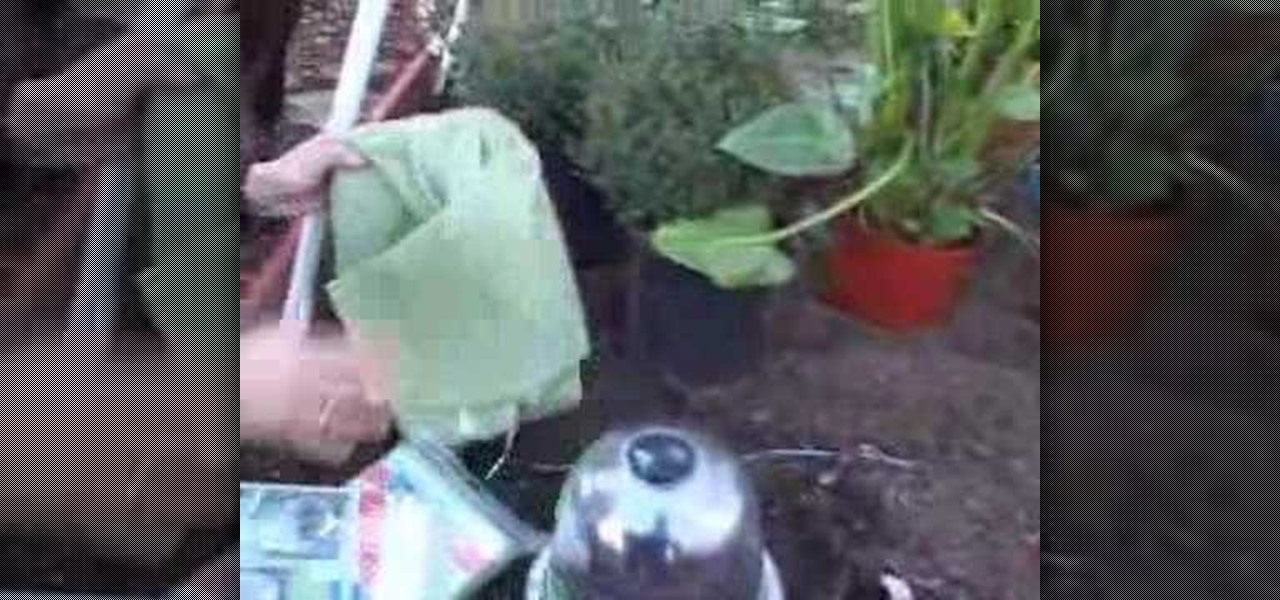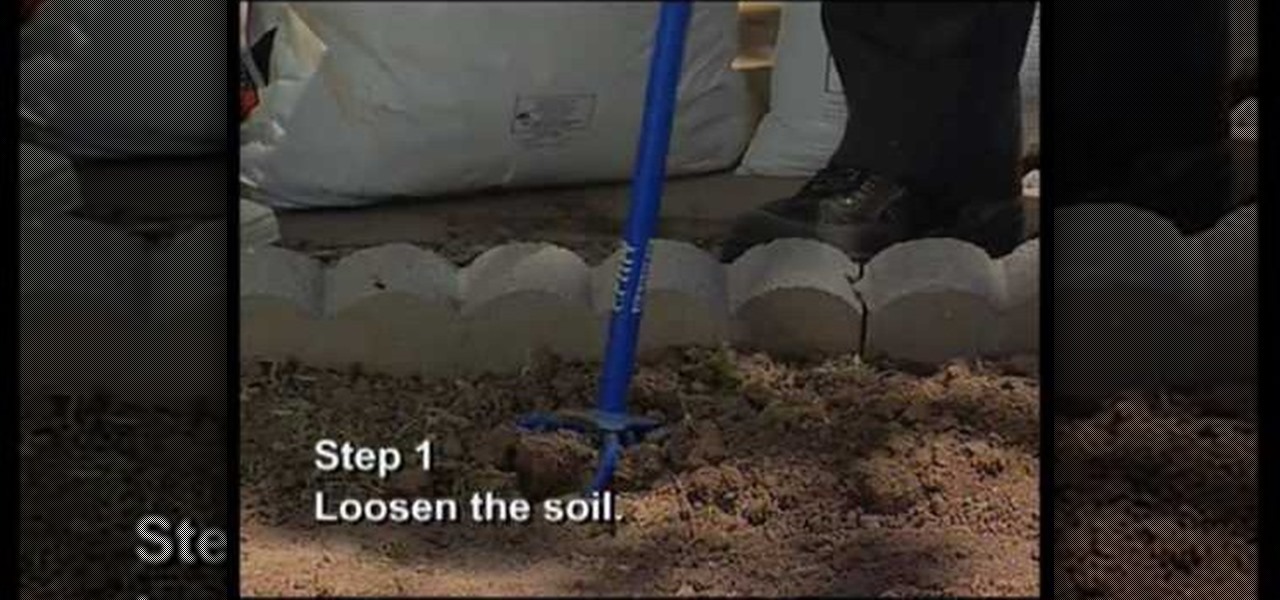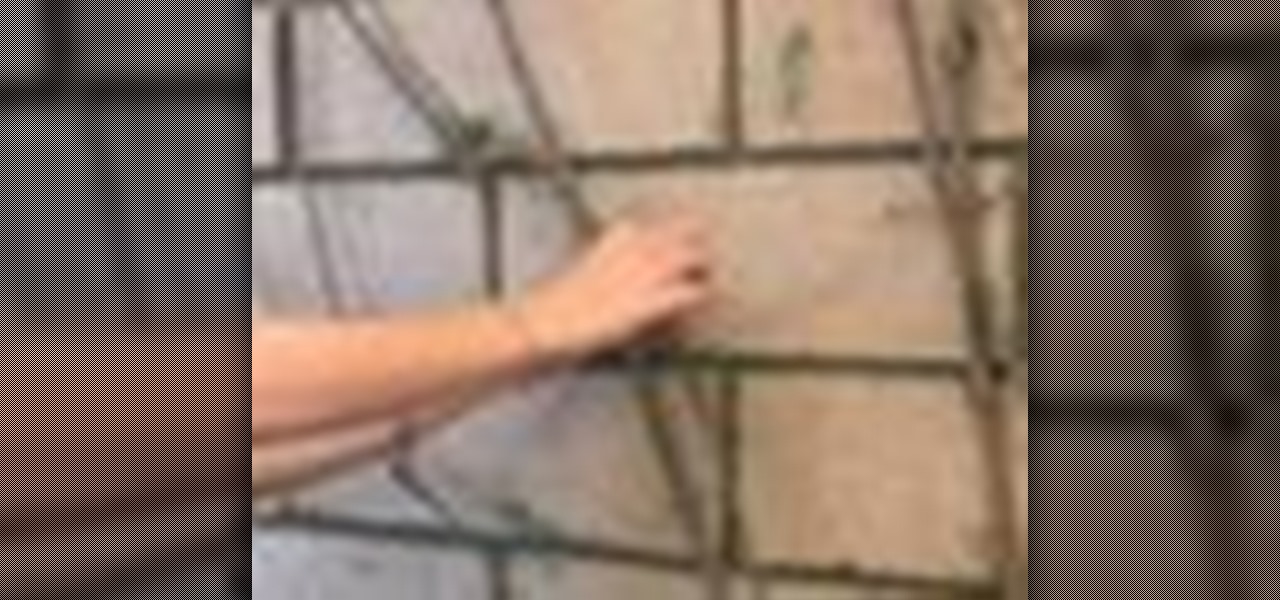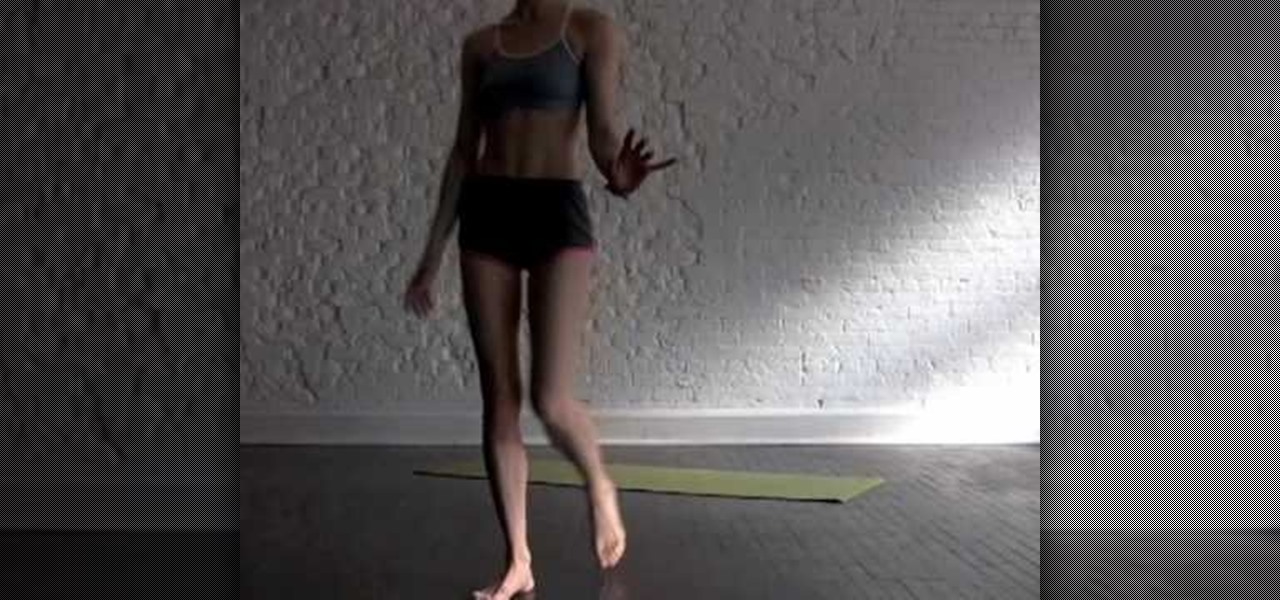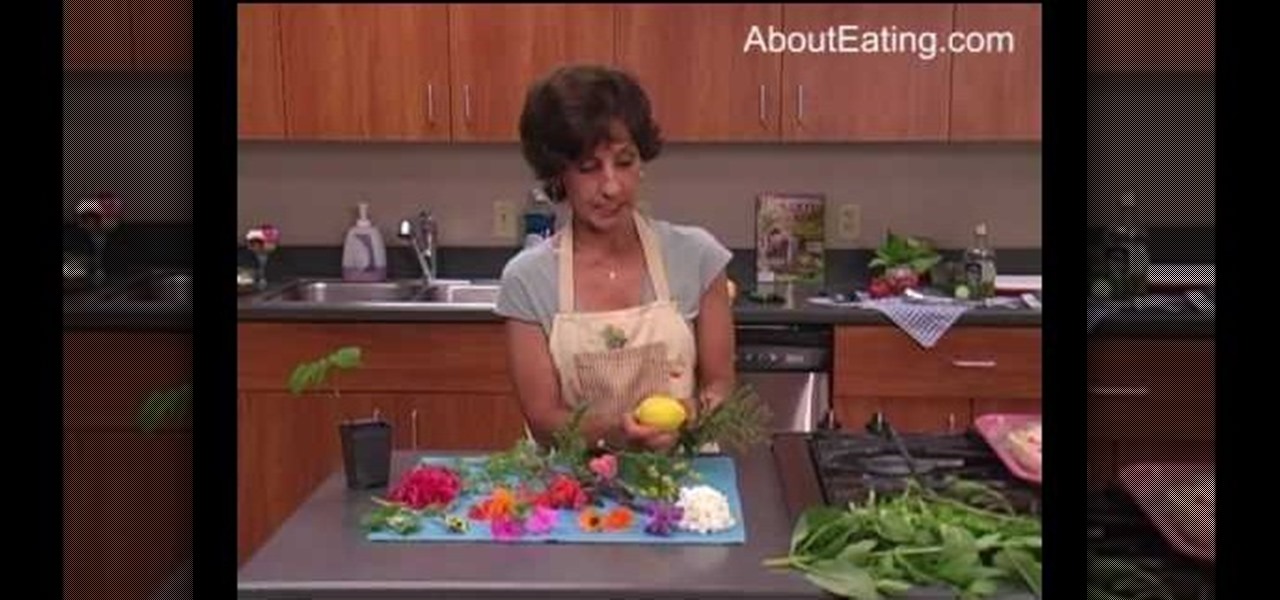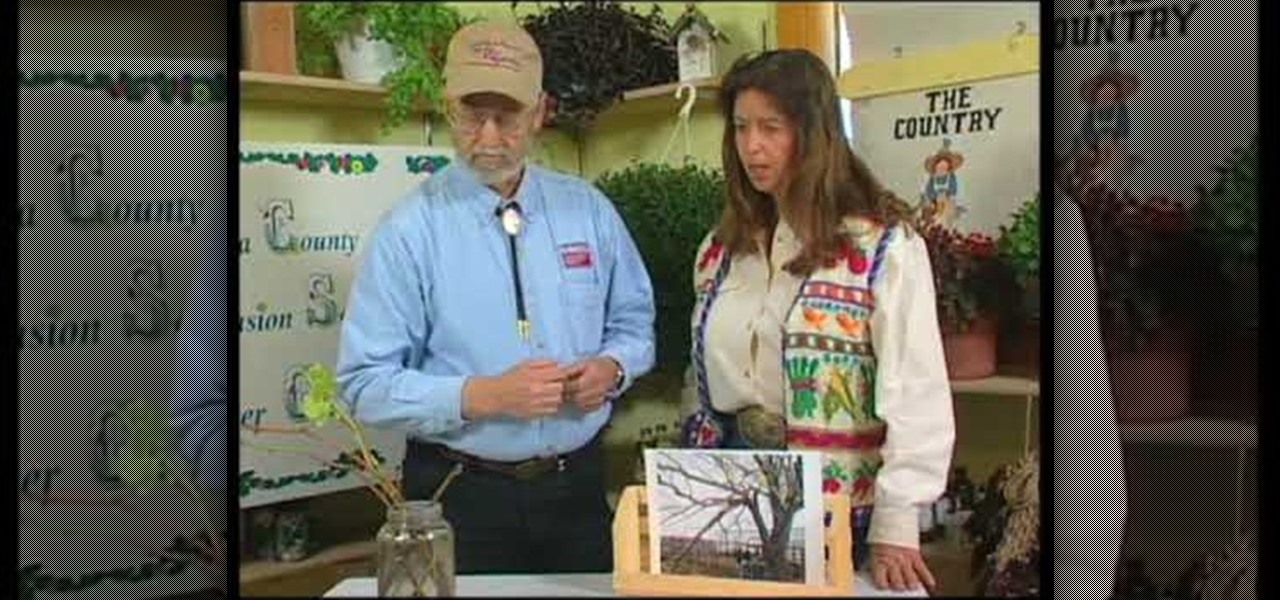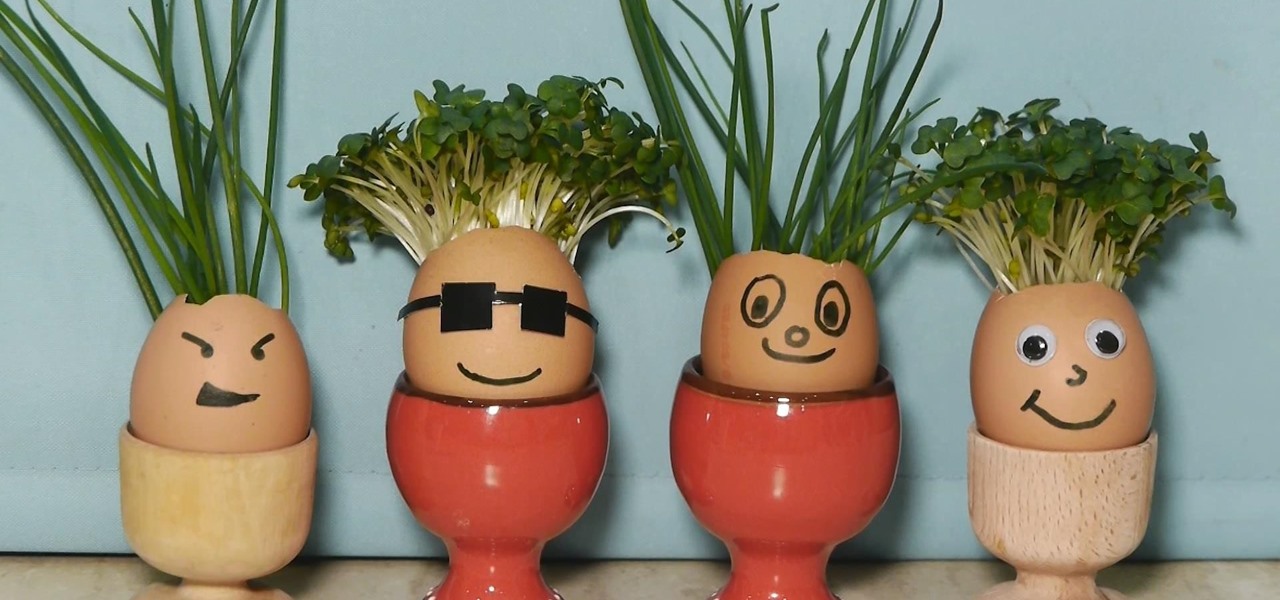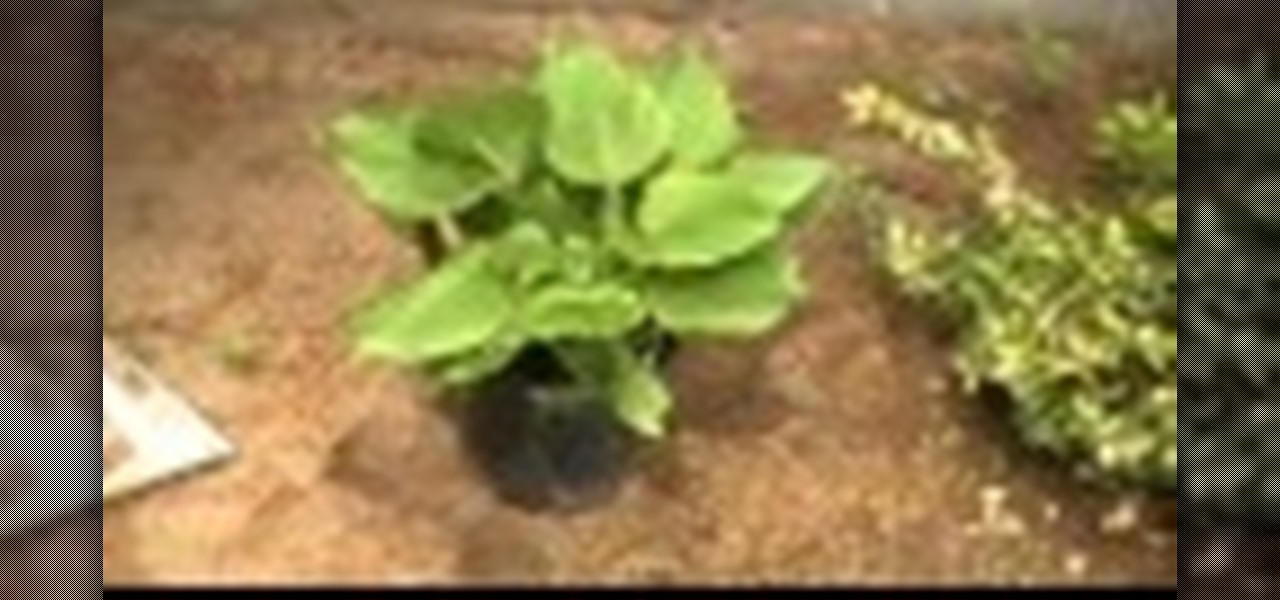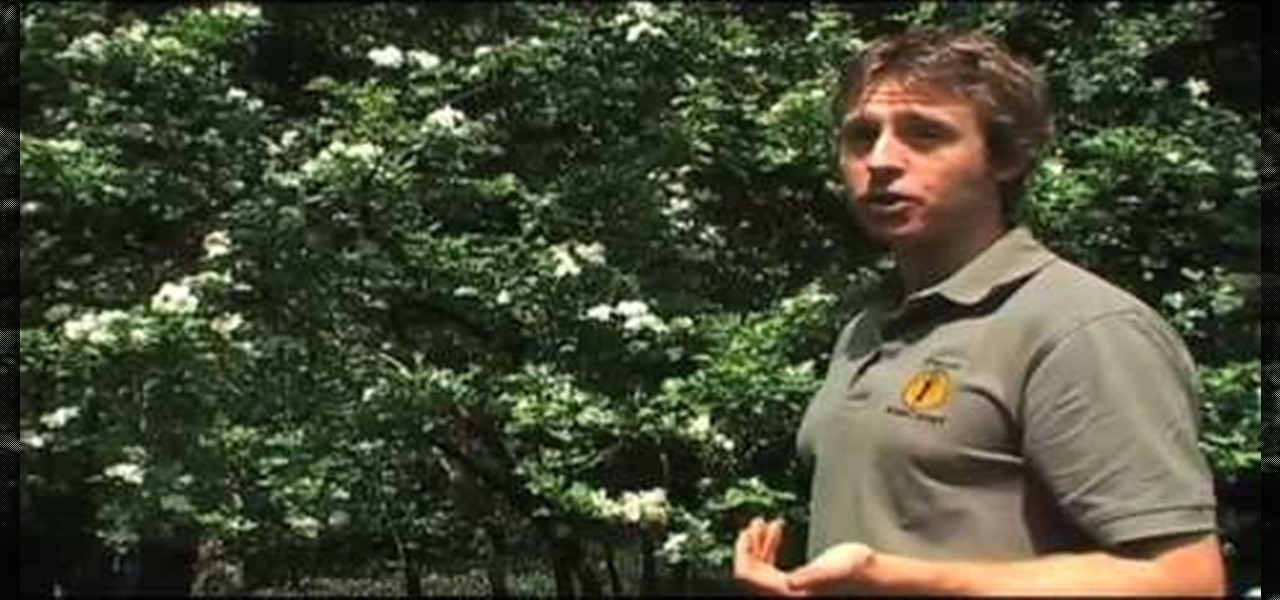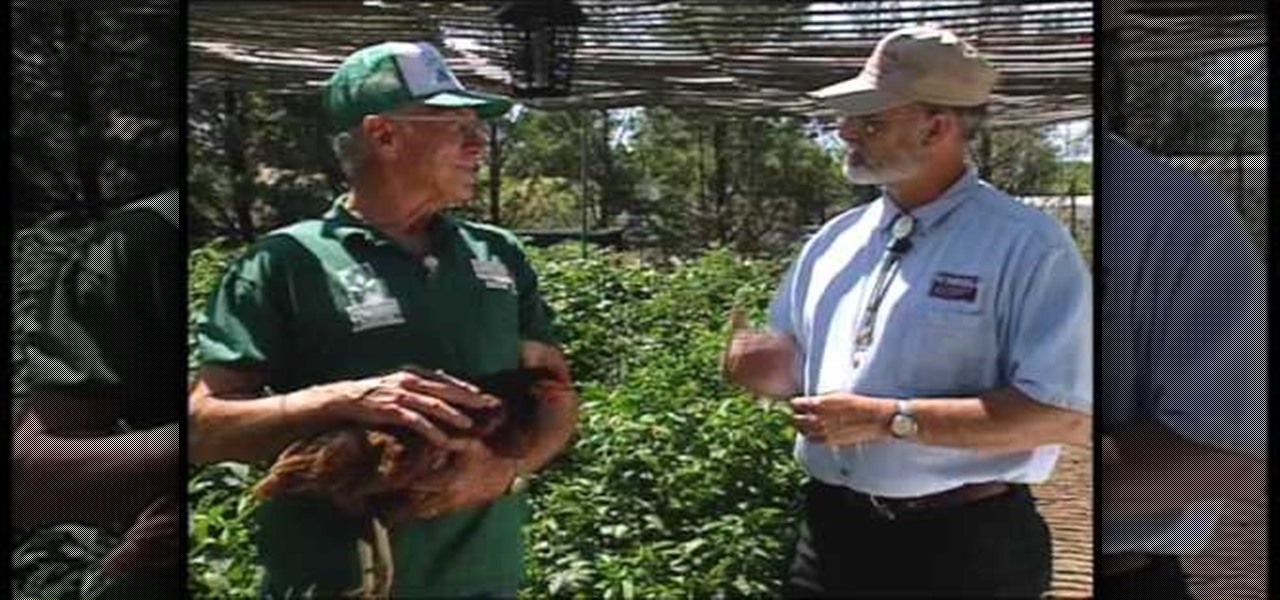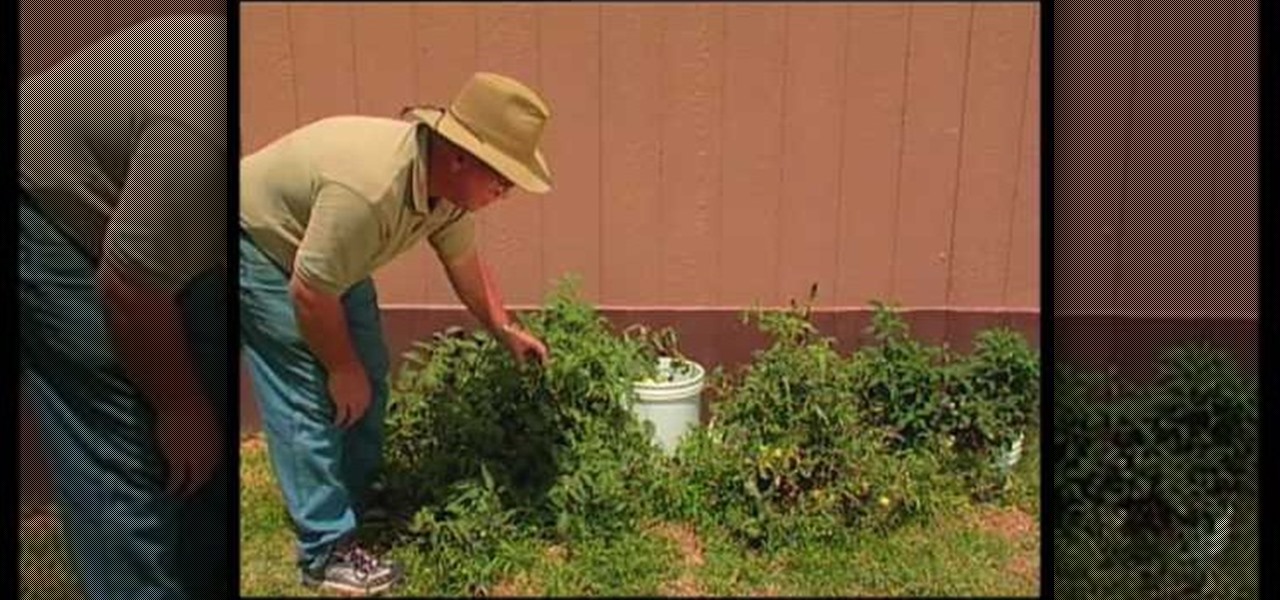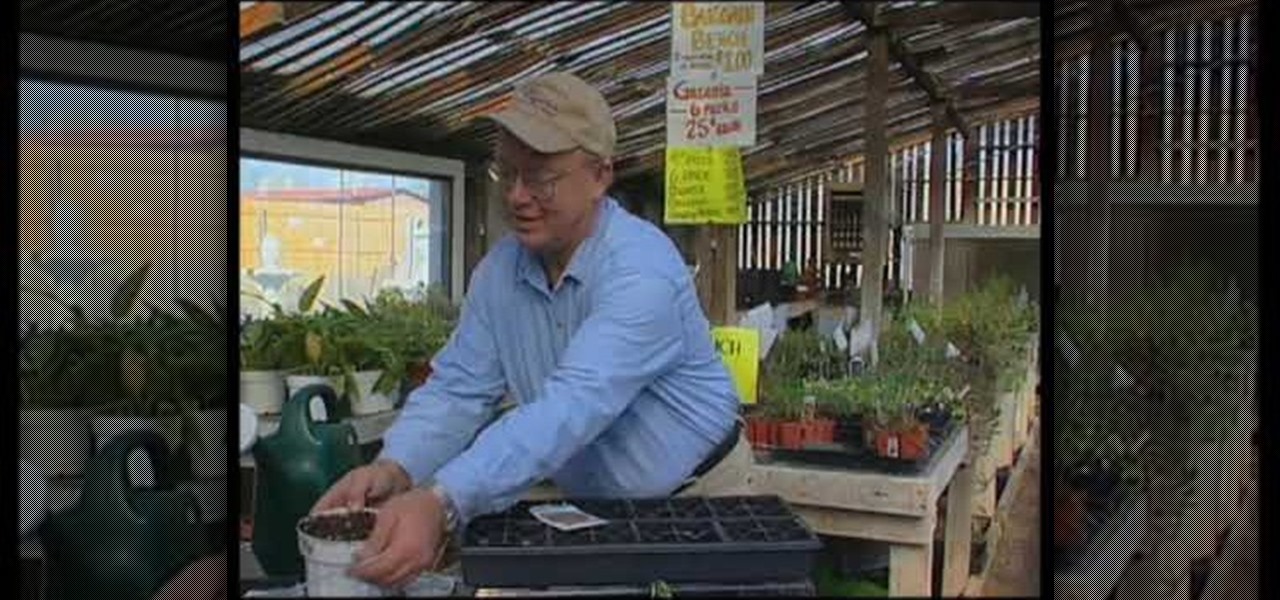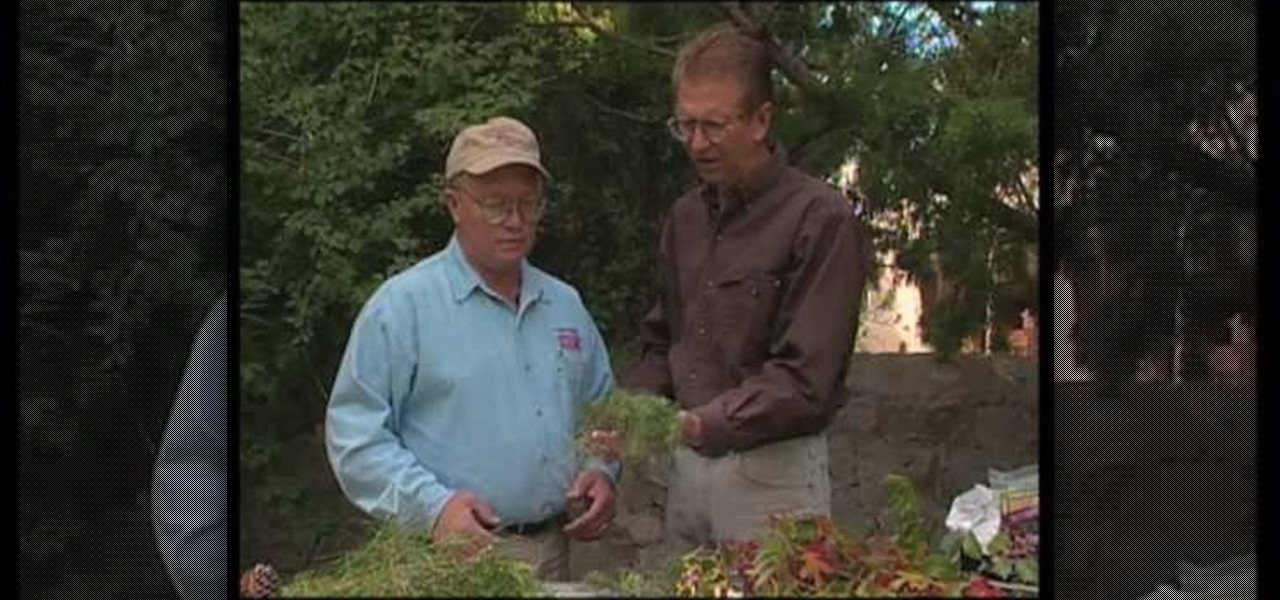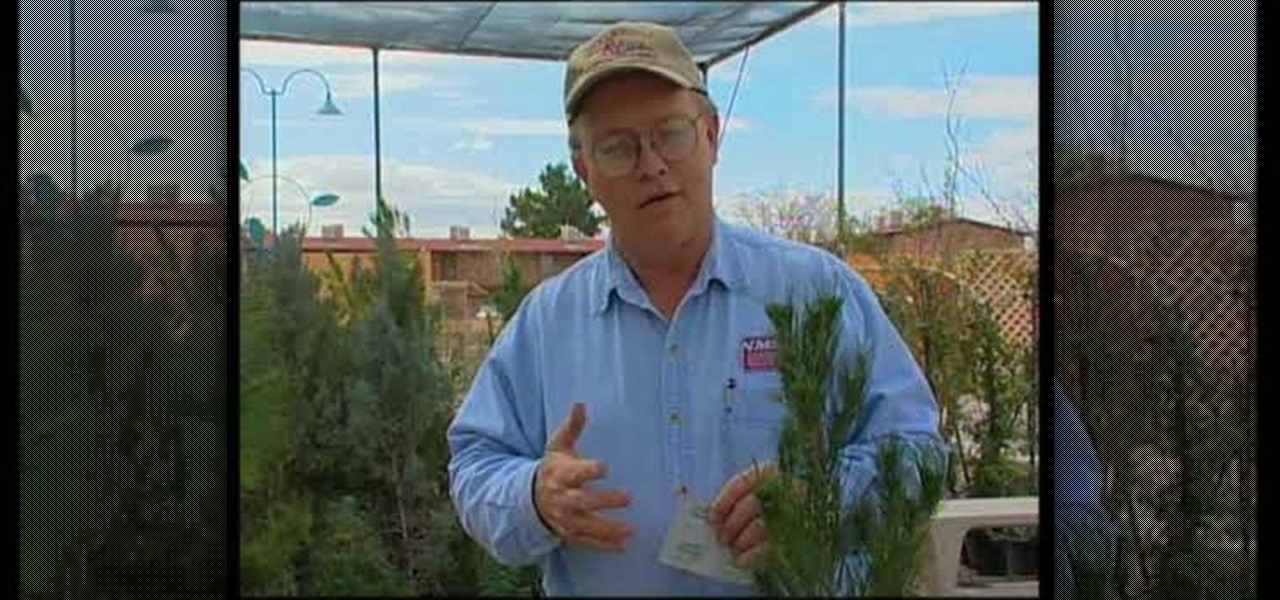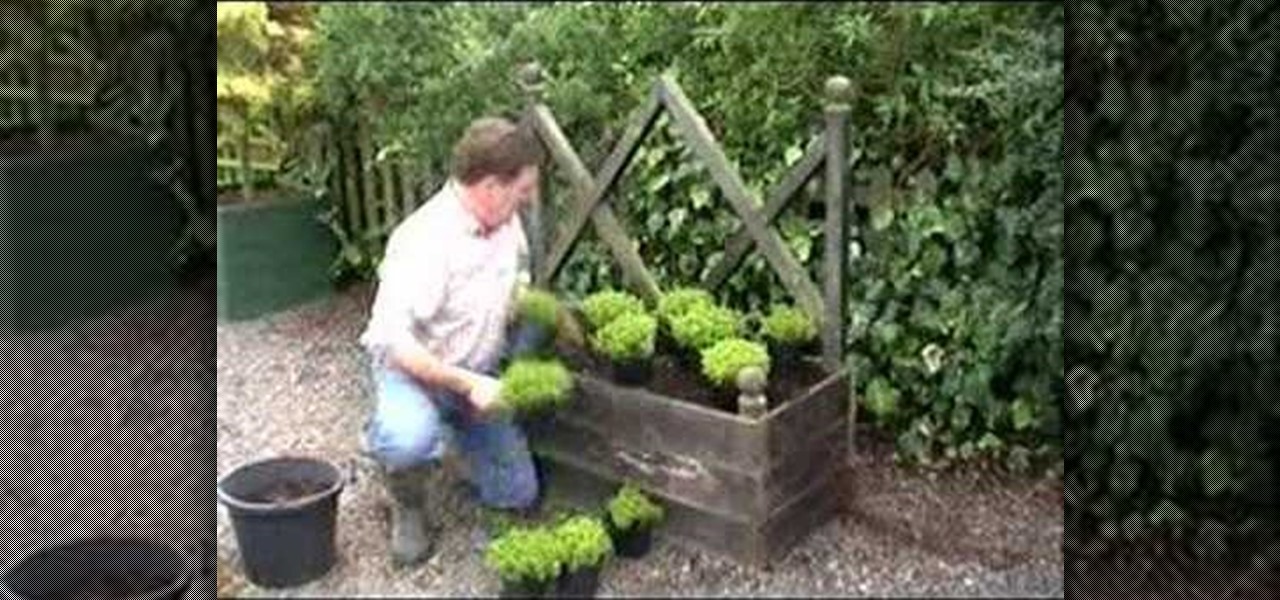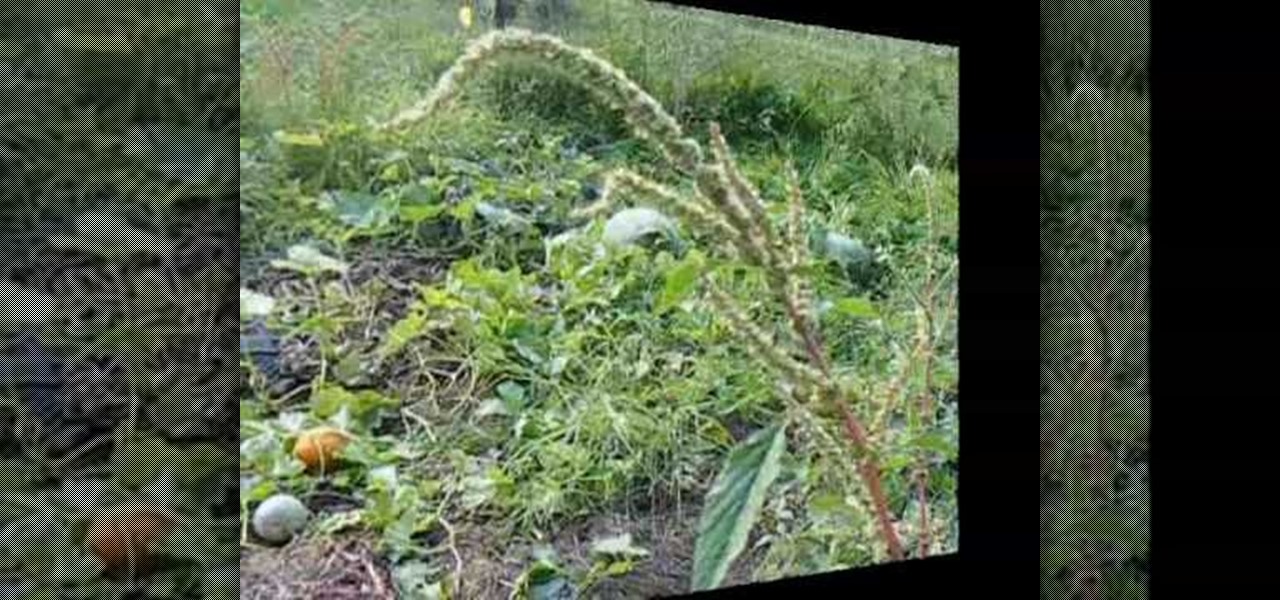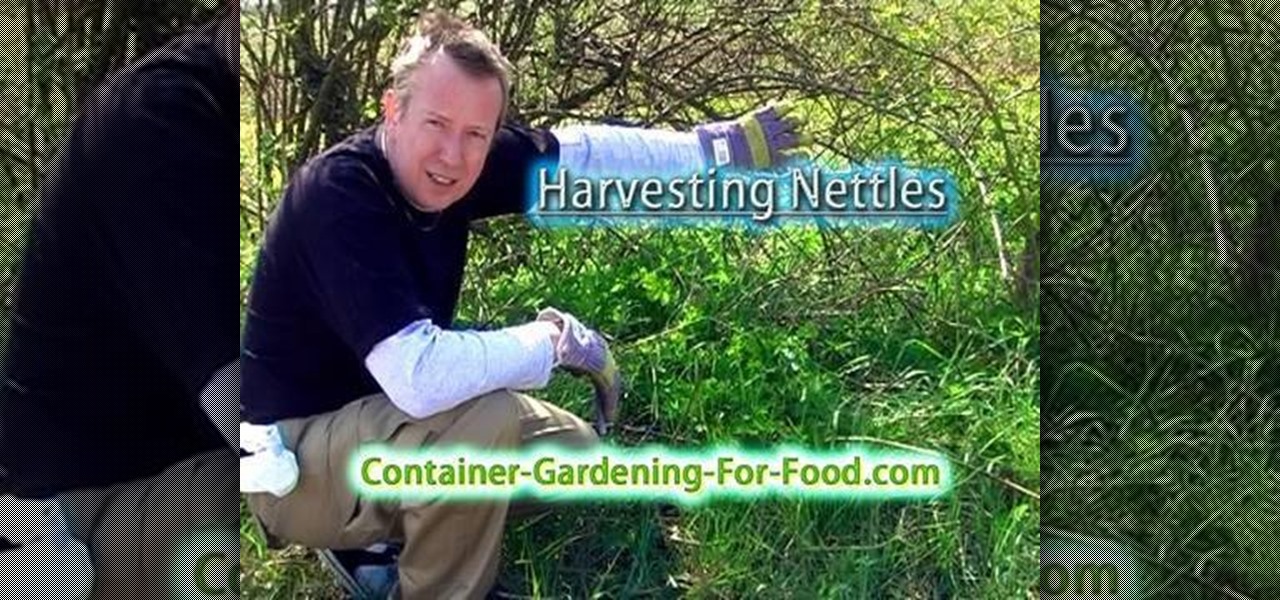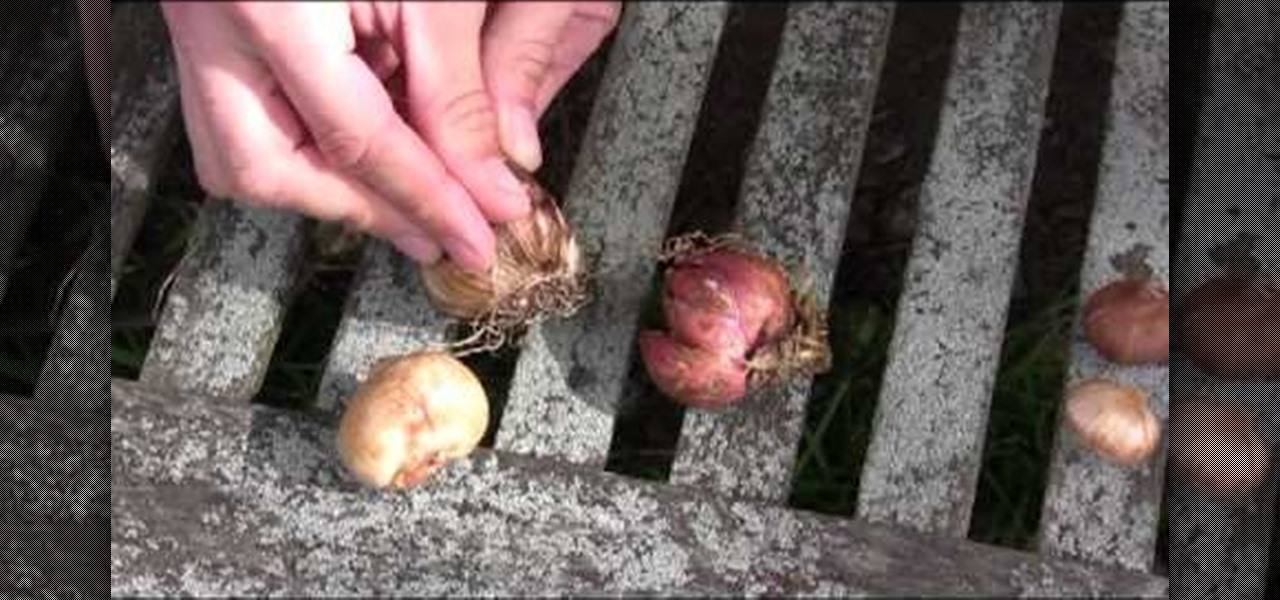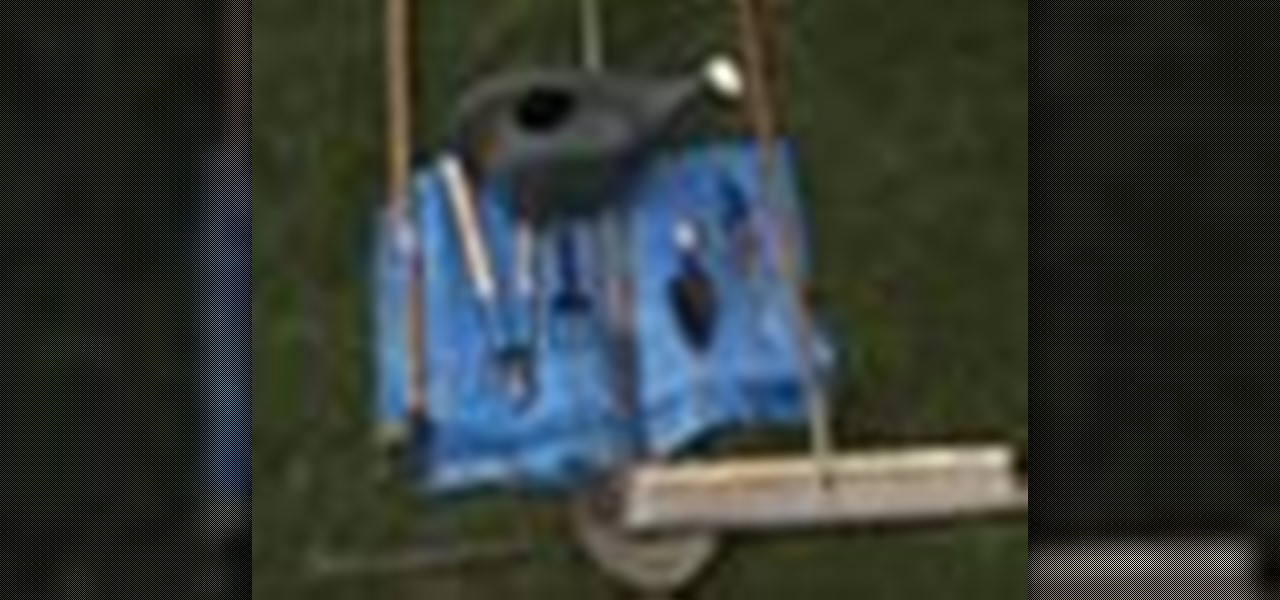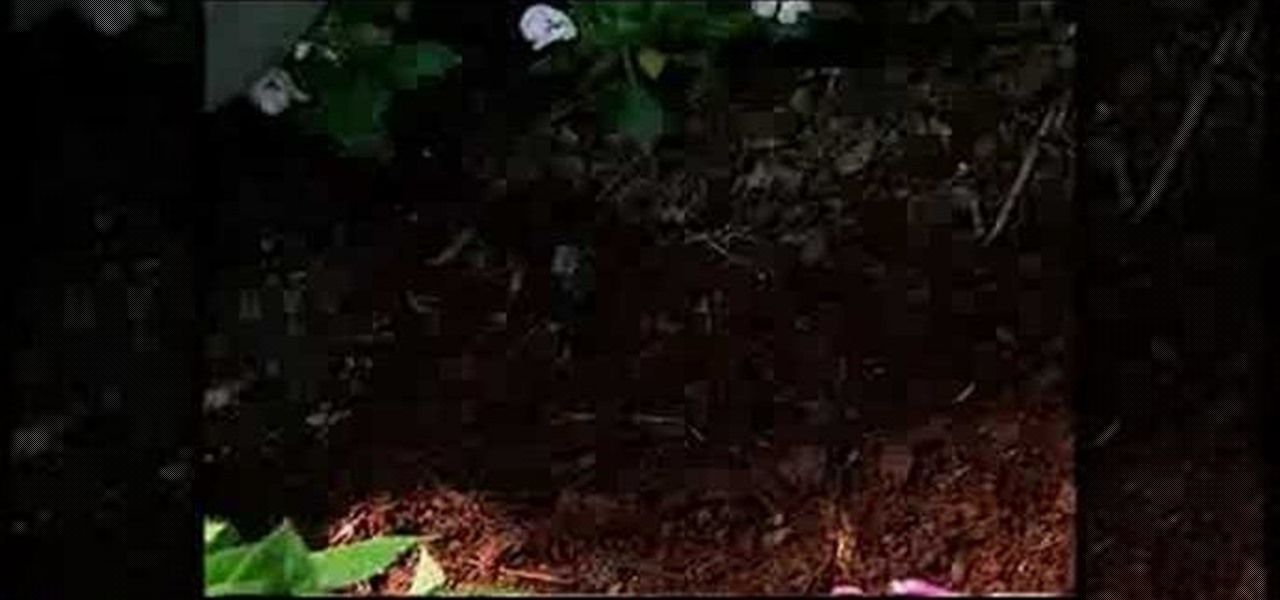
Mulching is an essential part of good garden practices. And if you've ever done any landscaping around your home, you know that a generous layer of mulch around your plants can give your garden a nice finished look. In this tutorial you will learn how to mulch for a more beautiful garden and healthier plants.

This how to video shows you what to do to prepare your perennials for their winter sleep. Dave teaches you methods to cover of cut back your perennial plants. Make sure your plants are safe during the cold winter months with tips from this tutorial.

Is your houseplant in desperate need of some TLC? Learn how to tell if your plant is pot bound and how to transplant it from one container to another.
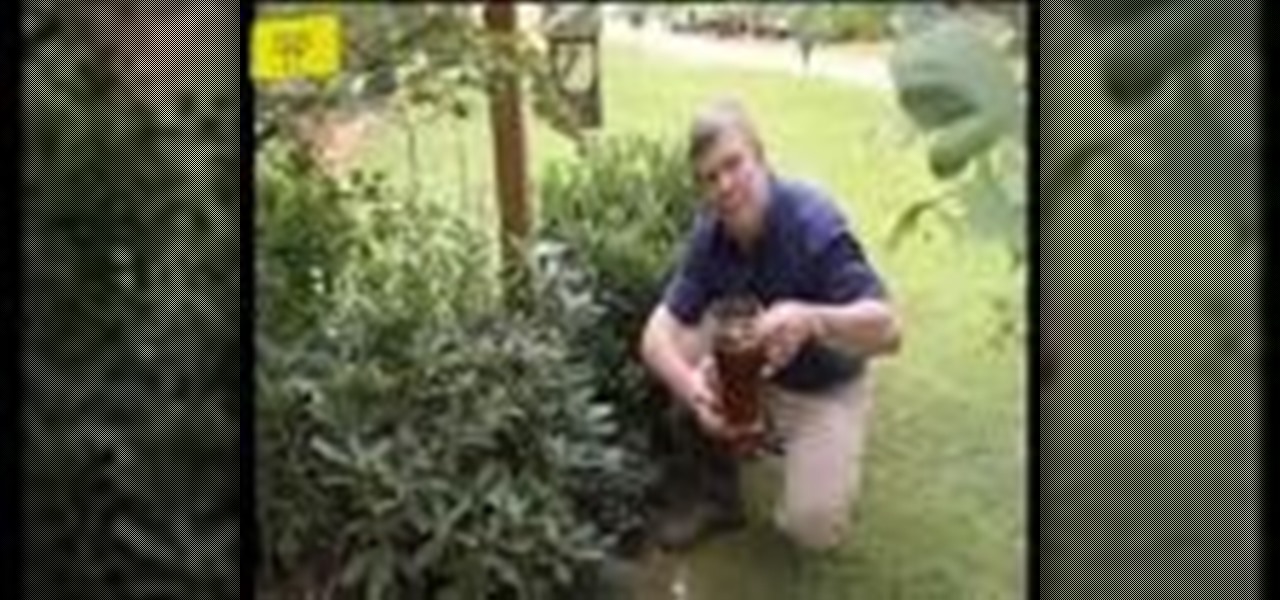
This video gives tips on how to take care of your delicate plants like rhododendrons and azaleas.
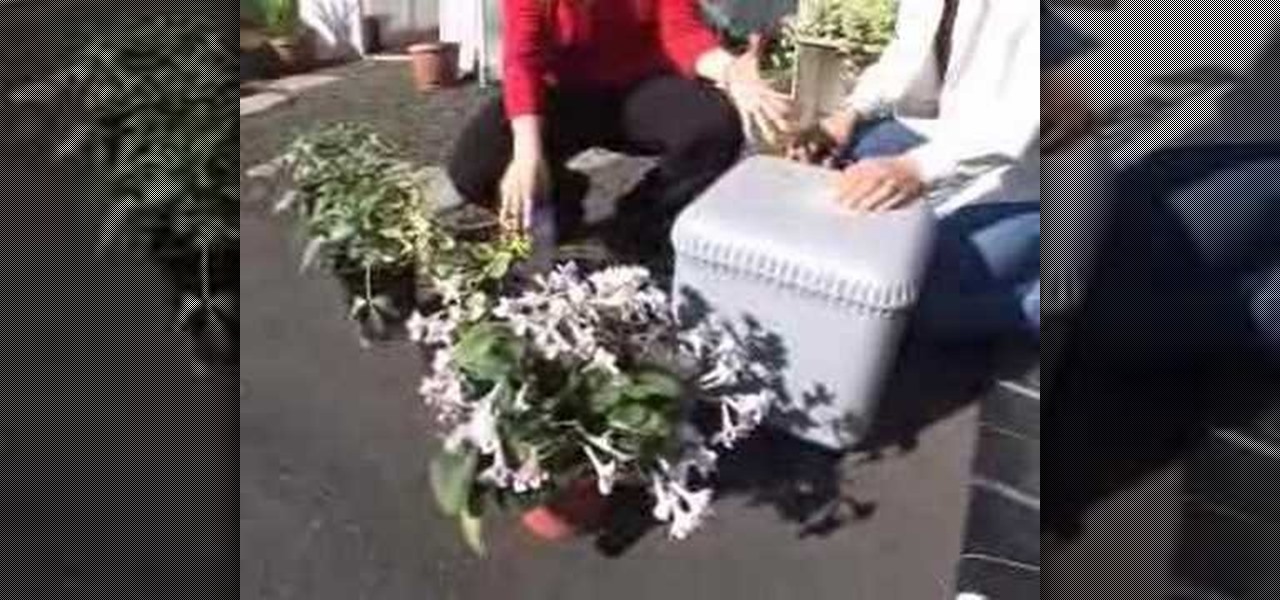
So you are going on vacation... don't lose the plants you have nurtured through the spring. Here are some ways to keep them watered and happy.

This video from Garden Time show a few of the different types of self-watering enclosures for plants and how to use them.

This video from Garden Time tells the basics to keep your hanging baskets looking great and full of great colorful plants.

This video from Garden Time shows you how to use a cold frame to protect your outdoor plants from the winter months.

Time to bring in your indoor plants before the frost gets them. Here are some tips to get them ready for the transition.

Even if you don't have a yard, you can enjoy a garden of tulips, daffodils and hyacinths this spring right in your home. Here is gardener Allen Smith to show you how to plant bulbs in containers.

In this how to video, you will learn how to grow pumpkins. First, you must pick an area with plenty of sunshine to place your seeds in. Make sure there is enough room for vine and pumpkin growth, and that the area will not freeze. Build a mound of dirt about three fit in diameter with compost and soil. Next, plant two seeds per mound. Plant them in the middle about 8 inches apart. Cover the seeds with an inch of soil. Give them plenty of water once you have planted them. The pumpkin vines gro...

How to prepare soil for a wildflower garden

In this video, Ruth Greenhouse teaches us how to process native plants for eating. The Mesquite desert plant is a great fuel as well as good for beans in the summer months. One way to use the beans is to pick the dry beans when they are ripe (they will be tan) and you can grind the pod into a fine powder, which will make a flour that is healthy. You can mix this flour with water and it can be a healthy beverage. It can also be added to cookies and breads to make them sweeter. Another plant is...

Southwest Yard and Garden shows viewers how to prepare the soil in order to plant Irises. You can see if your oil needs to be prepared because it would look like it need nutrients. Irises deplete the oil they are in so you need to restore their nutrients to the soil. First, you should get your soil tested to see what nutrient should be added to the soil. First loosen the soil. Next, add in the nutrients. Start with alfalfa pellets to add Nitrogen. Add a little bit of sand to loosen soil - don...

Vines create the perfect look when grown over a trellis, arbor, or arch. You Will Need

This video explains how to release built up tension using De-stress styled Yoga. This type of Yoga requires you sit on your legs while sitting up straight. Taking deep breaths is the first step to begin releasing tension using Yoga. While taking deep breaths you must turn your torso very slowly from left to right. While keeping your legs planted on the ground, stretch your arms forward until the tips of your fingers are touching the ground. Taking frequent deep breaths in between these two Yo...

Rita Heikenfeld from AboutEating discusses some of the flowers that are not only beautiful but also edible. It is important not to eat flowers that have been sprayed with chemicals. Some of the more common edible flowers are the zinnia, petunia, and the marigold, which has a delicious citrus flavor and is used in bath oils. Impatiens are edible (just the flowers, not the leaves) and come in a variety of colors.

This video illustrate us how to deal with broken tree branches and problems with grapes. Here are the following steps:Step 1: First of all clean the broken branch with water.Step 2; Now apply some tree primer or tree paint on the exposed area for quick healing and to prevent any infection.Step 3: To deal with problems in grapes first of all look for any infection on the leaf, stalk or the fruit.Step 4: If in case there is some infection ,identify the problem and sprinkle the pesticide for tha...

Tired of losing your gardening efforts to snails and slugs? Use these methods to banish the pests. You Will Need

How to make eggshell planters. Great fun to do with the Kids this Easter Step 1: Watch This Video Guide

This video will show you how easy it is to transplant a Hosta plant into your garden.

This how-to will show you easy step-by-step instructions for pruning your grape vines for growing great grapes.

If you were on the hit show "Lost," would you be able to survive? While most of the main castmembers on the show tough it out through learning how to eat the island's vegetation, we know that most of you probably would have no clue as to how to distinguish between a poisonous mushroom and a non-poisonous one, and which plant growths are edible and which aren't.

Curtis Smith provides information on how to use chickens to control garden pests. Using chickens keeps the use of pesticides to a minimum and keeps plants healthier. In the organic garden, chickens are used because they'll eat any insect as well. The process is known as Integrated Pest Management, Curtis explains that its basically knowing your pest. It also reduces the amount of feed that has to be purchased for the chickens because they're eating the insects in the garden. It also controls ...

This video explains how to build a home garden in a small space. The video begins with the first small garden example being show, this garden contains corn, tomatoes and summer squash. It is explained that it is very important to shake and loosen the pollen buds on many of the plants to ensure proper pollination. The second small garden shown consisted of tomatoes and various pepper breads. The need to loosen pollen and allow the wind to help the plants get on pollen on the female buds. It is...

This video is a tutorial on how to start growing tomato plants from seeds. The instructor first explains that it is important to make sure your seeds are fresh and within the proper date frame and that you pick a good artificial soil mix for proper growth. The tutorial goes over a few different fertilizer products that you can choose from, yet they are not completely necessary for growth if the soil is of a high quality. The instructor then fills plastic mini pots with soil and then uses a pe...

This will illustrate us how to identify problems with evergreen trees. Here are the following steps:Step 1: First of all look for all the evergreen trees.Step 2: Now look for the problems that is whether there is any fungal or bacterial infection occurring.Step 3 : Now look for the climatic requirements as well as the water requirement for the plant.Step 4: Look whether the conditions are available to your surroundings or not.Step 5: Also find out whether the soil type is idle for the plant g...

In this Home & Garden video tutorial you will learn how to care for your garden In March by applying insecticides. John White presents this video. During this time roses get a good growth and along with growth come aphids. For tackling aphids you can a variety of insecticides. One such insecticide is called Rose Defense whose main ingredient is ‘neem’ which comes from the neem tree. You can also use Rose Food insecticide. This is also the time to fertilize rose plants since they will be getti...

Curtis Smith, Extension Horticulturist, and Rick Daniel, Bernalillo County Horticulture Agent, demonstrate how to prune a peach tree and trim raspberry plants. If a branch is in the way and causing problems or if it is unhealthy, cut it off at anytime. Cut outside of the bark collar when pruning branches. Make three cuts by first making an undercut on the bottom side so the bark doesn't strip off too far. Put on gloves when working with raspberry bushes. Cut the bushes down to the ground each...

We know that spring seems ions away, but if you're a gardener then it's time to begin thinking about what flowers you'll be planting to bloom during the spring. If you don't have much garden space but would love a very fragrant bloom, check out this video to learn how to grow lavendr provence in a container.

Dive into the world of Chinese brush painting, a traditional art where each brush stroke of the painting is neither improved upon nor corrected. The artist must get it right from first to last stroke!

By combining plants and a garden seat together you can create a lovely living seat that will look good all year round and if you use herbs to make the seat it will also smell good. In this how to video we are making a seat using thyme, but you could also use chamomile, pennyroyal or any low growing, fairly tough plants. This type of seat is mainly decorative because for much of the time the plants or compost will be damp, but if you use a cushion when sitting on the herbs you will get a wonde...

In this video we learn how to decorate a ceramic lamp base with Simon Leach. First, grab a small paint brush and then apply paint to it. Once you have this, start to paint your chosen design onto the pot. Painting a leaf or a plant will be the most appropriate for a large jar or lamp base. Use a brush that will move along the pot and create unique lines. Go all around the pot until your design is finished. Let this dry and then rinse your pot off when you are done. Let your personality shine ...

In this video, we learn how to harvest seed for flour in the wilderness. First, gather up some seeds from your yard inside the different plants. After this, let the air dry your seeds so there is no more moisture left inside of them. After this is done, you can take the seeds and grind them up into a fine powder that you can use as flour when you are baking. This is a great way to eat more healthy and use what you have in your garden instead of going out to purchase flour from the store. You ...

Would you ever consider willing spending an idyllic day in the countryside harvesting... Stinging Nettles? And, having done so, make those bothersome plants into tea or even wine? If yes, than Rick van Man of Container Gardening For Food is here to help. He explains here in great detail how to gather the nettles safely and efficiently, then how to dry them and make them into tea leaves. He assures us that it is tasty and nutritious, but the disclaimer at the beginning of the video is worrisom...

In this tutorial, Scott Atkinson shows us how to identify different types of bulbs. Common types of bulbs are: tulip, daffodil and lily. These are most easily identified but there are many that appear in flowers. A core looks similar to a bulb but it is a solid tissue and doesn't have an leaves, just a hard core with a protective covering. There is also tubers which are what potatoes and other foods grow from. These cause eyes to form and create different types of things to grow. You will now...

First of all you have to take the branch of the juniper tree. You can do this activity in the early spring which is the months of February and March. Take a very sharp knife and then peel the bark until you see green color. You have to tear the bark down until you see the greenery below the bark and that greenery is called cambium which is extremely thin. You have to use your knife to remove any kind of knots from the bark. Now you have to dip it in the “RooTone” which is a rooting hormone an...

Feng shui helps to create positive energy at your home. It drives away the negative energy from your home. Eventually the people living in that home will get good thoughts. Thoughts make a person good or bad. Thoughts can make you rich or poor. You can change your life by making some simple changes at your home. This space lift can do wonders for you. In the energy map, wealth area is at the far left hand corner of the house. dry flowers bring negative energy and losses to your home. Therefor...

Looking to grow your own wheatgrass? Wheatgrass is equated with health benefits and contains provide chlorophyll, amino acids, minerals, vitamins, and enzymes. Growing your own wheatgrass is easy and fun – even if you don't have a green thumb!

Most jobs get easier when you use the right tools, including gardening. This video will show you how to assemble a gardening tool set.









